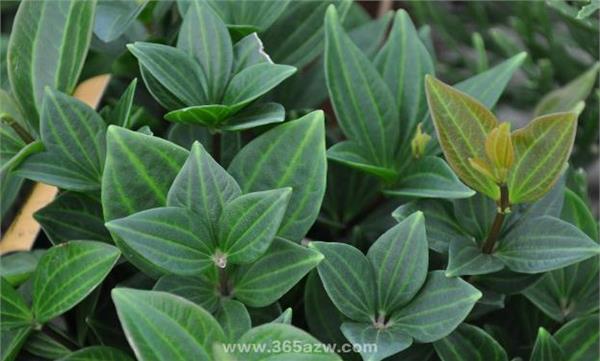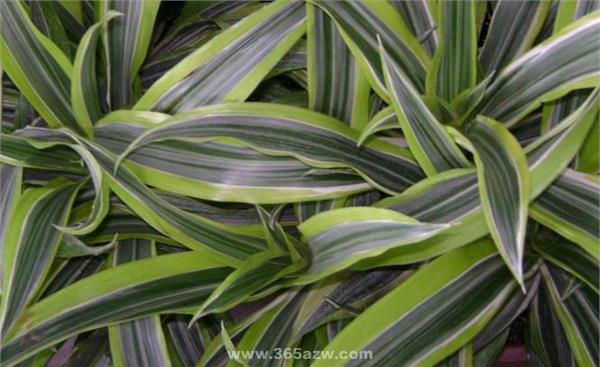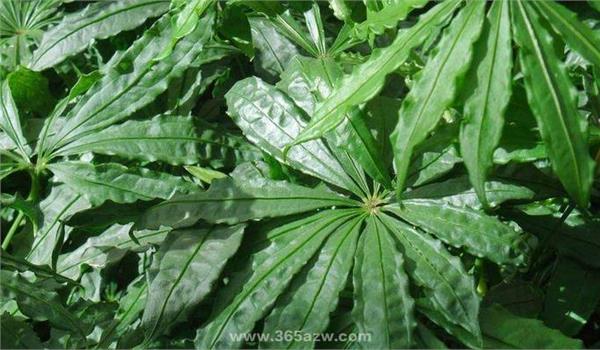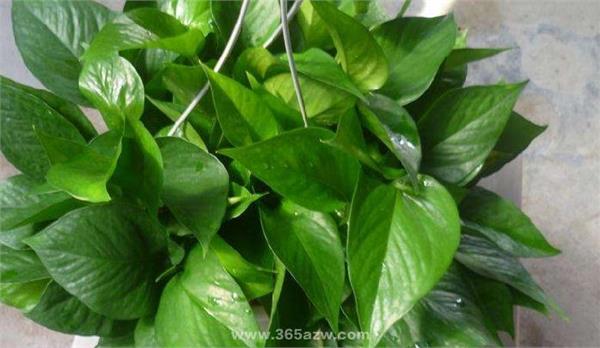Notes on the cultivation of foliage plants
Many friends do not have a special understanding of the cultivation methods of foliage plants. Today, let's briefly introduce the tips for indoor foliage plants. Let's take a look at it.

What are the indoor foliage plants?
1. Gentleman's orchid
Magnolia is a famous greenhouse flower, belongs to a perennial herb, flowering for as long as 30 to 50 days, mainly in winter and spring, New Year's Day also opens before and after the Spring Festival. Under normal circumstances, it will blossom once a year. If the indoor temperature is appropriate, it can blossom before and after the Spring Festival. The gentleman orchid, known as the flower of wealth, generally blossoms once a year, rarely blossoms twice a year, while those that bloom three times are rare.
2. Green pineapple
Green pineapple is one of the excellent interior decoration plants, climbing vines and foliage flowers. It can not only be attached to the column tied up with brown, placed in the foyer and hotel, but also can be cultivated into a hanging shape to be placed in the study and windowsill, which is a kind of flower more suitable for indoor display.
3. Hyacinth
The grape hyacinth flower is like a string of purple grapes, very beautiful. It has strong cold tolerance and can survive the winter in the open field in North China. Hyacinth likes cool, moist air and sunny environment. It is more resistant to low cold, but afraid of heat. It is suitable to grow in sandy loam with good drainage and poor growth in heavy clayey soil. Hyacinth bulbs grow to 19 cm before they can blossom.

Notes on indoor foliage plant culture
Place: plants that like sunshine should be placed near the window where the sun is strong. Cyclamen, melon-leaf chrysanthemum and other light-loving plants should be given priority and be placed where there is plenty of sunshine. If there is no ideal sunny place in the room, you should choose a brighter place as much as possible. If it is a shade-tolerant plant, it is appropriate to place a place where there is no direct sunlight and occasionally give weaker light. Wall-hanging or suspended plants, such as changing their position every 2 to 4 weeks, are beneficial to both plant growth and indoor atmosphere.
Water supply principle: too much water supply at this time is one of the important reasons for plants. The cold climate in winter is very disadvantageous to the growth of foliage plants. at this time, if the potted soil is too wet, the roots of plants will be damaged by cold, and the damage of roots will inevitably lead to the withering of leaves, so the water supply in winter must be strictly controlled. so that the basin soil is often in a relatively dry state. As the degree of dryness of the basin soil will be different due to the influence of plant species, leaf area, pot material, placement place, etc., the basin soil surface whitening, dry and hard and other signs can be used as a basis to grasp the time of watering, usually at an interval of 3 to 4 days. watering should be warmer at noon in preparation for a thorough watering.

Air humidity: the main cause of withering and falling leaves of foliage plants in winter is the lack of air humidity. At this time, the indoor air is generally very dry, which can easily lead to the lack of water in plant leaves and the withering of bud tips. Therefore, it should always be warmer during the day, preferably at noon, to replenish the water needed by plants and the external environment in the form of foliar spray, and cover plants in plastic bags as much as possible at night to protect humidity and make plants survive the cold season.

Light conditions: most foliage plants like semi-shady environmental conditions, not direct sunlight, and some foliage plants are very shade-tolerant. Can be kept indoors for a long time. According to the characteristics of foliage plants, reasonable light should be given to facilitate their robust growth and enhance their resistance to stress. Such as taro, evergreen, fern, one-leaf orchid, tortoise back bamboo, star anise plate, brown bamboo and so on are suitable for growth and development under indoor scattered light conditions. Cycad, fragrant dragon blood tree, red back cinnamon, four seasons begonia, tiger tail orchid, tequila and so on, although they have a certain shade tolerance, they need sufficient light and should be placed in a sunny or bright place when cultivated indoors. Another kind of plants, such as rubber trees, leaf flowers, pineapples, poinsettias and succulent foliage plants, should be fully exposed to sunlight in order to be conducive to growth and development.
Related
- Wuhan Hospital Iron Tree Blooming Result Was Instantly Frightened by the Gardener Master
- Which variety of camellia is the most fragrant and best? Which one do you like best?
- What is the small blue coat, the breeding methods and matters needing attention of the succulent plant
- Dormancy time and maintenance management of succulent plants during dormancy
- Minas succulent how to raise, Minas succulent plant pictures
- What are the varieties of winter succulent plants
- How to raise succulent plants in twelve rolls? let's take a look at some experience of breeding twelve rolls.
- Attention should be paid to water control for succulent plants during dormant period (winter and summer)
- Watering experience of twelve rolls of succulent plants
- Techniques for fertilizing succulent plants. An article will let you know how to fertilize succulent plants.



